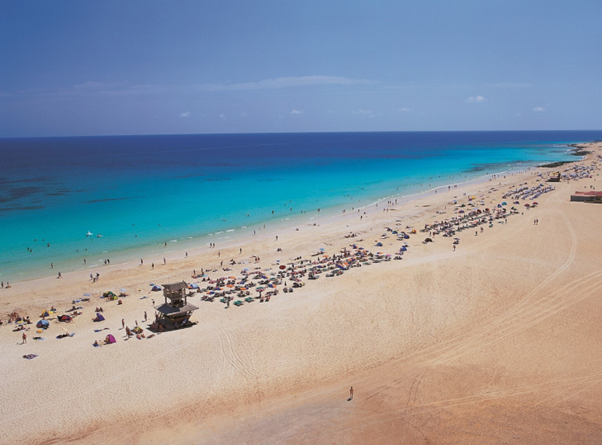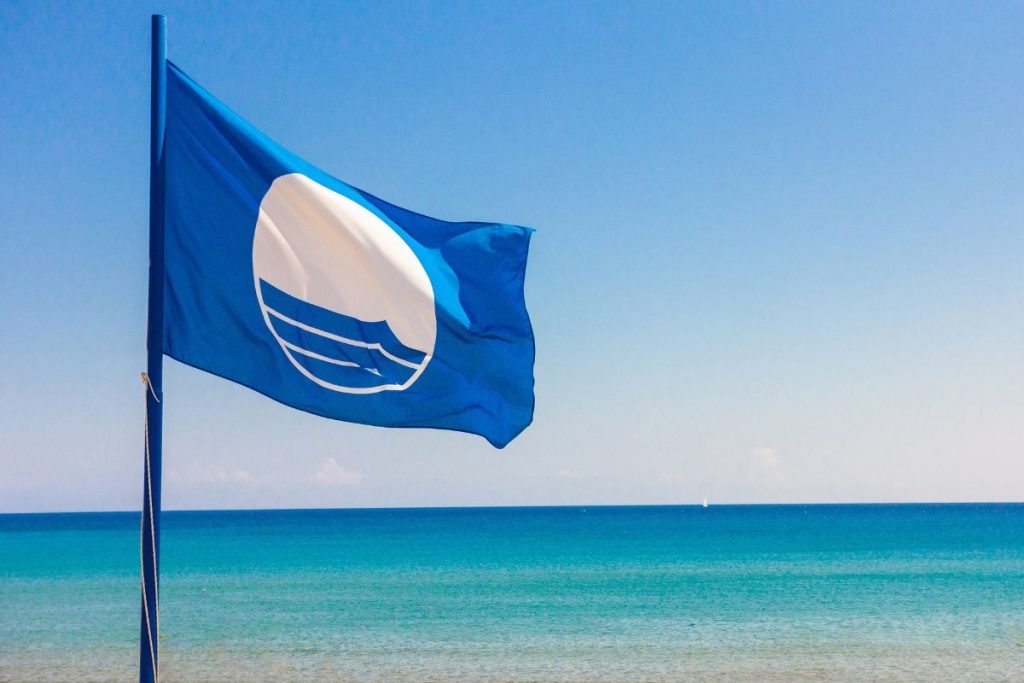With summer just around the corner, many people are looking forward to the sea and beaches.
As every year, it’s time for Blue Flag, the special recognition given to beaches and seaside resorts by the international non-governmental and non-profit organisation Foundation for Environmental Education (Fee), founded in Copenhagen in 1981 and present in Italy since 1987.
Now in its 38th edition, the Blue Flag is awarded annually in 49 countries with the support and participation of two UN agencies, UNEP (United Nations Environment Programme) and UNWTO (World Tourism Organisation).
With UNWTO in particular, FEE has signed a global partnership recognised by UNESCO as a world leader in the field of environmental education and education for sustainable development.
What is a Blue Flag?
The Blue Flag is not just about beautiful scenery: it is a symbol of healthy, sustainable beaches, and encourages sustainable land management in coastal areas.
The 32 criteria include sewage treatment, waste management, beach safety, accessibility, sustainable mobility, environmental education, and the enhancement of natural areas.
This prestigious award goes to municipalities in FEE-active countries. It certifies the quality of bathing waters and the cleanliness of marina waters.
Blue Flag is a mark of excellence for both beach and marina environments.
Among the evaluation criteria, some deserve special attention, including:
- The existence and degree of functionality of sewage treatment plants;
- The percentage of sewage connections;
- Waste management; accessibility;
- The safety of bathers;
- The care of street furniture and beaches;
- Sustainable mobility;
- Environmental education;
- The enhancement of naturalistic areas;
- Initiatives promoted by the Administrations to make summer more liveable.
Which municipalities or beaches get the award?
The award goes to municipalities in countries where FEE is active. It certifies, for beaches, the quality of bathing waters and lidos and, for marinas, ensures the cleanliness of waters adjacent to ports and the absence of sewage discharges.

The 2024 Results
In 2024, 14 new Italian towns joined the list, bringing the total to 236. Liguria has the most flags, with 34 resorts. Puglia is next with 24, followed by Campania and Calabria with 20.
In Europe, Spain is the world leader in beach and marina resorts with 638 beaches and 102 marinas. Greece is second with 596 resorts and Turkey third with 551, followed by Italy. France is fifth.
Check out the list of Blue Flags in Italy for 2024!
This is another way of promoting sustainable tourism.

